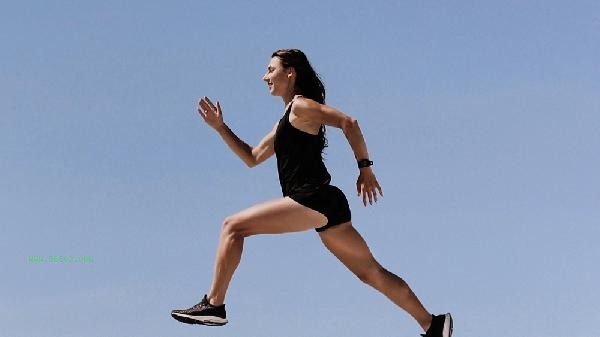Running fitness requires attention to exercise intensity, equipment selection, warm-up stretching, dietary hydration, and environmental safety. Scientific running can effectively reduce fat and avoid injuries.

1. Control intensity
First runners should start with low-intensity jogging, with a single session lasting 20-30 minutes and a heart rate maintained at 60% -70% of maximum heart rate. Avoid sudden increases in running volume, with weekly increments not exceeding 10%. People with a larger body weight can choose to alternate between brisk walking and slow jogging to reduce knee joint pressure. If you experience discomfort such as dizziness or chest tightness during running, stop immediately.
2. Choose the right equipment
When choosing professional running shoes, it is necessary to choose support or cushioning types according to the arch type of the foot, and the shoe size should be half a size larger than daily shoes. Sports underwear should have good support, and cotton clothing that is prone to sweat absorption should be avoided. Night running requires wearing reflective markers, and using bone conduction headphones is more conducive to detecting environmental sounds. It is recommended to wear knee pads for those who weigh 20% more than the standard weight.
3. Adequate warm-up
Before running, it is necessary to perform 8-10 minutes of dynamic stretching, with a focus on activating the hip and ankle joints. High leg lifts, back kicks, and other movements can be performed. After running, do static stretching on each part for 15-30 seconds, paying special attention to stretching the quadriceps and gastrocnemius muscles. If delayed muscle soreness occurs within 48 hours after exercise, the foam axis can be relaxed.

4. Scientific supplementation
One hour before running, you can supplement a small amount of easily digestible carbohydrates, such as bananas or whole wheat bread. Add 100-150 milliliters of warm water every 20 minutes during exercise, with a recommended temperature of 15-22 ℃. For long-distance running lasting more than 1 hour, electrolyte drinks should be provided, and a food with a protein to carbohydrates ratio of 1:3 should be supplemented within 30 minutes after exercise.
5. Environmental Assessment
Avoid outdoor running when PM2.5 exceeds 100 or the temperature is above 32 ℃, and pay attention to anti-skid measures on rainy days. Priority should be given to plastic tracks or flat asphalt pavements, as cement surfaces have a greater impact on joints. Blood pressure should be monitored before morning running, and hypertensive patients should not engage in strenuous exercise in the morning. Night running should avoid remote roads and keep communication equipment unobstructed.

Running and fitness require long-term persistence but avoid excessive pursuit of speed and distance. It is recommended to schedule 3-4 runs per week with strength training interspersed. Recording weight changes before and after running can monitor dehydration, and a decrease in body fat percentage is more valuable as a reference than simply losing weight. Middle aged and elderly runners should undergo regular cardiopulmonary function assessments, and postpartum women should wait until their pelvic floor muscles have recovered before gradually starting running. If there is persistent joint pain or abnormal fatigue after exercise, medical examination should be sought in a timely manner.






Comments (0)
Leave a Comment
No comments yet
Be the first to share your thoughts!